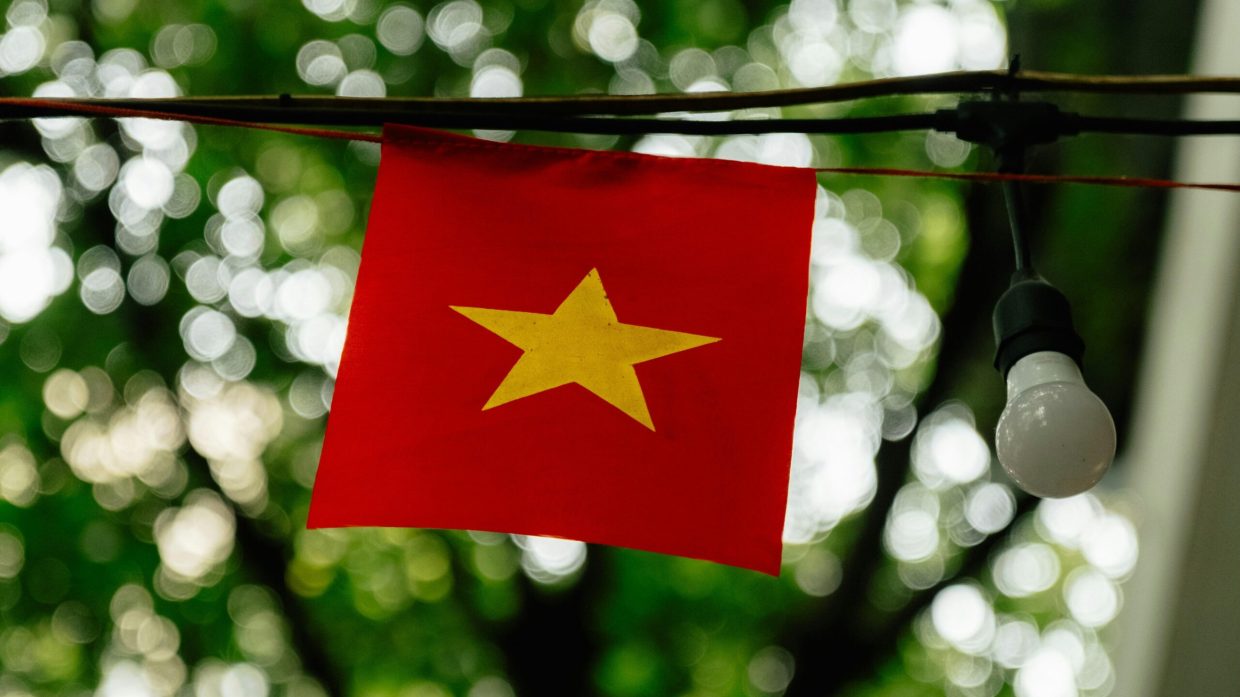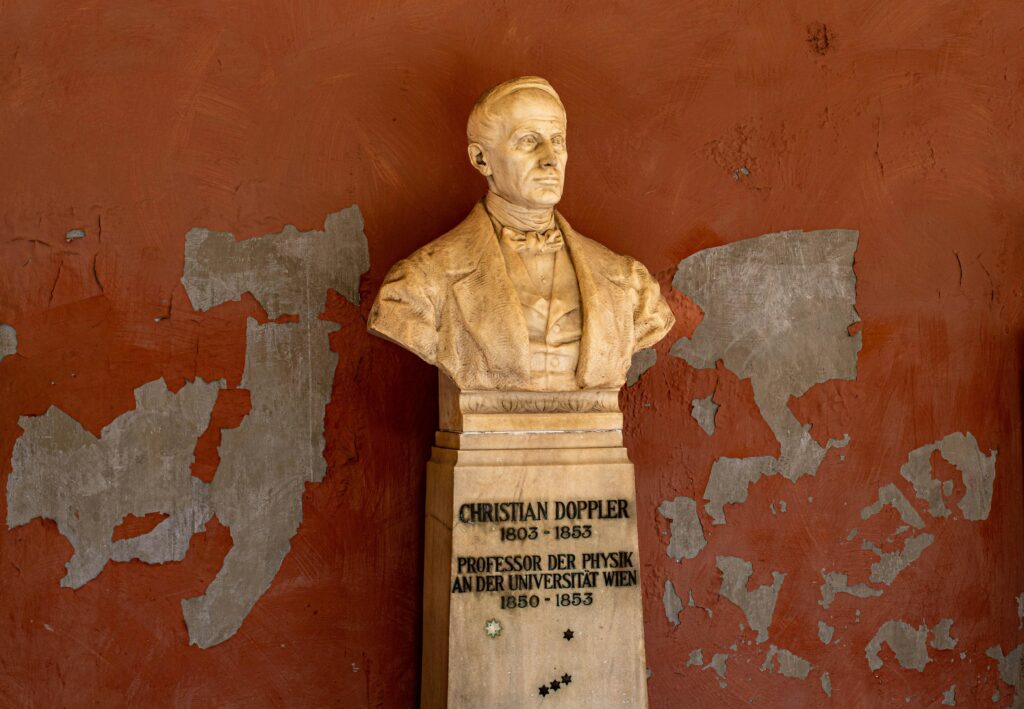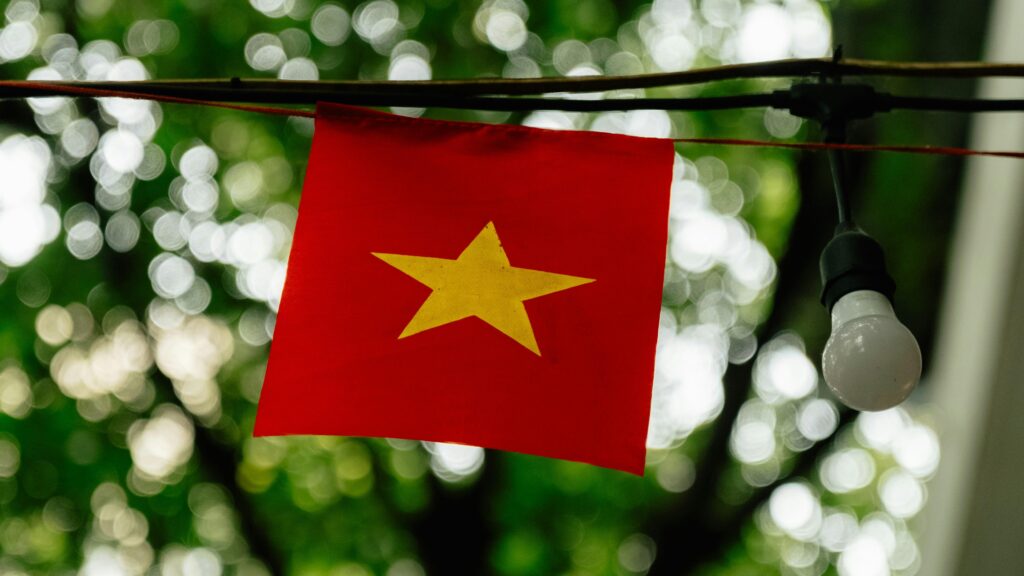The Sino-Vietnamese War, a brief yet intense conflict fought in early 1979, remains a pivotal episode in the complex history of East Asia. Often overshadowed by larger Cold War confrontations, this war marked a significant turning point in the relationship between two neighboring communist nations: China and Vietnam. In this article, we’ll explore the key events, underlying causes, and lasting implications of the Sino-Vietnamese War, offering a concise but comprehensive overview for readers seeking to understand this often overlooked chapter of modern history. Whether you’re a history enthusiast or simply curious about geopolitical dynamics in Southeast Asia, this brief review will shed light on a conflict that continues to influence the region’s political landscape today.
Table of Contents
- The Roots of the Sino-Vietnamese War and Its Geopolitical Context
- Key Military Strategies and Battlefield Insights
- The War’s Impact on Regional Relations and Diplomacy
- Lessons Learned and Recommendations for Conflict Resolution
- Future Outlook
The Roots of the Sino-Vietnamese War and Its Geopolitical Context
The origins of the 1979 conflict between China and Vietnam are deeply entrenched in a complex web of historical grievances and competing geopolitical interests. Following the end of the Vietnam War, the regional balance shifted significantly, with Vietnam aligning closely with the Soviet Union. This alignment not only threatened China’s strategic interests in Southeast Asia but also heightened tensions due to Vietnam’s invasion of Cambodia, which toppled the Khmer Rouge regime, an ally of China. The war thus emerged not merely from border disputes but also from broader concerns over influence, ideology, and regional dominance.
Several key factors contributed to the war’s outbreak:
- Historical border disputes: Centuries of contested boundaries between China and Vietnam exacerbated underlying mistrust.
- Vietnam’s growing ties with the Soviet Union: Viewed by Beijing as a strategic threat encircling China’s southern frontier.
- The Cambodian conflict: Vietnam’s overthrow of the Chinese-backed Khmer Rouge regime inflamed Sino-Vietnamese relations.
- Ethnic tensions: The treatment and displacement of ethnic Chinese communities in Vietnam added a humanitarian dimension to the conflict.
Together, these elements set the stage for a confrontation fueled by national pride, competing ideological allegiances, and the pursuit of regional hegemony during a turbulent period in Cold War Asia.
Key Military Strategies and Battlefield Insights
During the Sino-Vietnamese War, both China and Vietnam employed distinct military approaches shaped by geography, technology, and strategic objectives. The Chinese People’s Liberation Army (PLA) aimed to deliver a rapid, overwhelming strike aimed at punishing Vietnam for its invasion of Cambodia, leveraging numerical superiority and artillery to compensate for logistical challenges. Vietnam, on the other hand, capitalized on its deep knowledge of the rugged terrain, utilizing guerrilla tactics and well-prepared defensive positions to slow down Chinese advances. The conflict highlighted the importance of asymmetric warfare in a conventional military confrontation, with Vietnam’s decentralized command allowing small units to operate effectively in dense border regions.
Key battlefield insights reveal that the Chinese forces underestimated the complexity of both the terrain and Vietnamese resilience. The PLA’s reliance on massed infantry assaults often encountered fierce resistance, resulting in high casualties and logistical strains. In contrast, Vietnam’s strategy emphasized quick mobilization, ambush tactics, and flexible counterattacks. Several notable lessons emerged from this conflict:
- Terrain mastery: Effective use of local geography is critical for defense and slow enemy advances.
- Adaptability: Smaller, mobile units can offset the advantages of a larger, conventional force.
- Logistics importance: Sustaining troops in challenging environments can determine the outcome of protracted engagements.
These dynamics ultimately shaped not only the immediate conflict but also the military doctrines of both nations in subsequent years.
The War’s Impact on Regional Relations and Diplomacy
The conflict fundamentally reshaped geopolitical dynamics in Southeast Asia, instilling a lingering wariness among neighboring states. Countries in the region became acutely aware of the delicate balance between sovereignty and external influence, prompting a recalibration of their diplomatic engagements. This war underscored not only the ideological divides but also the competing strategic interests that continue to shape alliances and partnerships. The emergence of new diplomatic channels and frameworks was a direct response to the conflict, aiming to mitigate the potential for future hostilities and to foster dialogue in a historically fragmented region.
Several enduring consequences can be identified:
- Heightened Surveillance: Regional powers boosted intelligence sharing to monitor cross-border movements and military developments.
- Strategic Hedging: Smaller nations adopted more nuanced foreign policies, balancing relations between China, Vietnam, and external powers.
- Institutional Developments: Multilateral organizations gained prominence, serving as platforms for conflict resolution and economic cooperation.
This period served as a catalyst for both rivalry and cooperation, framing much of Southeast Asia’s diplomatic discourse in the decades that followed.
Lessons Learned and Recommendations for Conflict Resolution
The Sino-Vietnamese War offers profound insights into the complexities of geopolitical tensions and the catastrophic costs of unresolved disputes. One key takeaway is the importance of diplomatic dialogue before the outbreak of armed conflict. Both nations, despite longstanding hostilities, missed critical opportunities to engage in sustained negotiations that might have prevented escalation. Additionally, recognizing cultural sensitivities and national pride as instrumental factors can help mediate conflicts rooted deeply in history. Learning to channel such sentiments into constructive communication rather than hostility is essential for future peacebuilding efforts.
To foster a more effective approach to conflict resolution, several recommendations emerge from the war’s aftermath:
- Early intervention by neutral mediators: Third-party facilitation can bridge gaps when direct talks stall, offering impartial perspectives and solutions.
- Enhancing mutual economic cooperation: Creating interdependence in trade and infrastructure projects can act as a deterrent to conflict.
- Promoting people-to-people exchanges: Cultural and academic programs help dismantle stereotypes, fostering empathy between conflicting parties.
- Institutionalizing conflict prevention: Establishing permanent communication channels and joint security mechanisms reduces the risk of misunderstandings turning violent.
By embracing these strategies rooted in mutual respect and proactive engagement, future disputes can be navigated with greater chances of peaceful resolution.
Future Outlook
In closing, the Sino-Vietnamese War remains a pivotal yet often overlooked chapter in the complex tapestry of Southeast Asian history. Despite its brief duration, the conflict had lasting implications for Sino-Vietnamese relations, regional security dynamics, and the broader Cold War context. Understanding this war not only sheds light on the historical tensions between these neighbors but also provides valuable insights into the enduring challenges of diplomacy and sovereignty in the region. As we reflect on this episode, it becomes clear that the legacies of past conflicts continue to shape the present, reminding us of the importance of historical awareness in navigating today’s geopolitical landscape.













